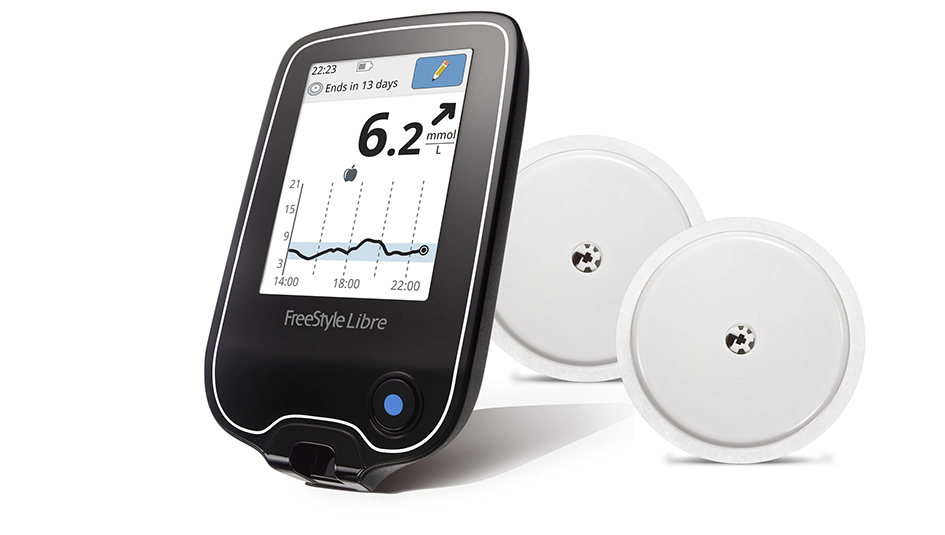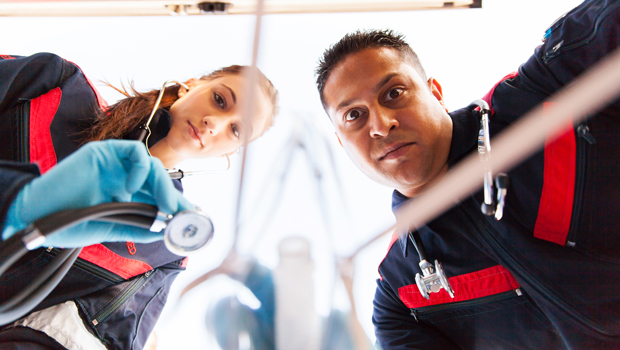The Abbott Freestyle Libre is Not a CGM

Opinion
Editor’s note: This article was originally published with the title, “The Abbott Freestyle Libre Does Not Deserve Coverage.”
Recently, Rebecca Barlow-Noone, who has Type 1 diabetes, contacted us about her experience using the Abbott Freestyle Libre, a glucose monitoring device which is available in Europe. The device differs from a continuous glucose monitor in that it requires users to scan a sensor to get a current glucose reading. She offered her perspective.
I welcomed the opportunity to try out Abbott’s Freestyle Libre, a device which provides a detailed graph of glucose results with a quick scan of a patch. The monitor gets its readings through a painless sensor inserted into my arm’s interstitial fluid.
It wasn’t always accurate when my glucose was around 4 mmol/L (72 mg/dL) and generally underestimated my values, but the device provided a fantastic window into my blood sugar’s mysterious life. Perhaps the most useful tool of the Libre, for me, was the trend markers; I could avoid hypos easily by taking a quick snack when I saw I was heading low.
Despite this, I couldn’t shake the feeling that the device was not a technological improvement; it is instead a device targeted for those who cannot afford true continuous glucose monitors (CGMs). In the UK, CGM systems are unavailable on the National Health Service plan, meaning many people with Type 1 diabetes and some with Type 2 diabetes elect to pay out of pocket for the expensive devices. Despite the steep costs, they see it as a necessary investment for their health, especially for those who are unable to detect hypoglycemia. The Libre costs £49 ($62), and the only costs for disposables are the sensors at £49 every two weeks; that’s much cheaper than the cost of a CGM.
The Libre is currently under consideration to be made available on prescription under the health program. However, I don’t feel the NHS necessarily should cover it, because the only reason the Libre is affordable is the fact it is inferior to true CGMs. The greatest benefit to CGMs is their alert systems; yet with the Libre, it’s only possible to tell if you are out of range when you scan. That means there is very little benefit for those who suffer hypoglycemic unawareness or nighttime lows.
Read a counterpoint: Freestyle Libre Use Associated with Better Glucose Control
The Libre is not the answer to improved diabetes care. it avoids the elephant in the room that current technologies are far too expensive. While the Libre offers light relief from the unpredictability of glucose levels, the real answer for people with diabetes is an affordable price-point for true CGMs, one that allows NHS to cover the devices.
This article has been edited for clarity and focus, and to Americanize several phrases.
Thanks for reading this Insulin Nation article. Want more Type 1 news? Subscribe here.
Have Type 2 diabetes or know someone who does? Try Type 2 Nation, our sister publication.







